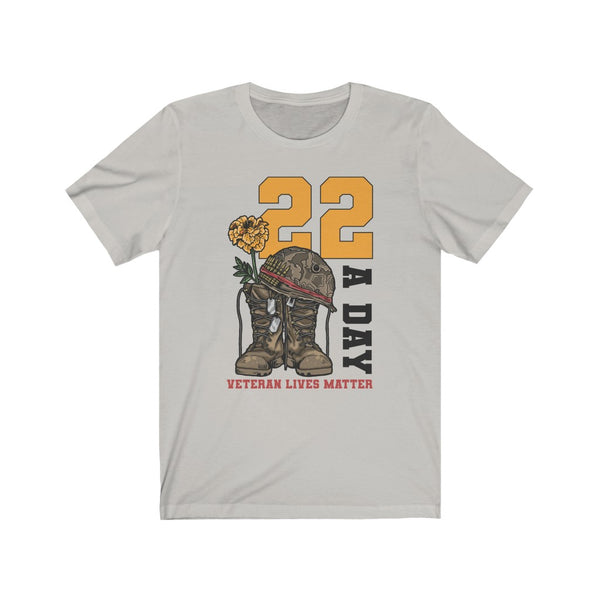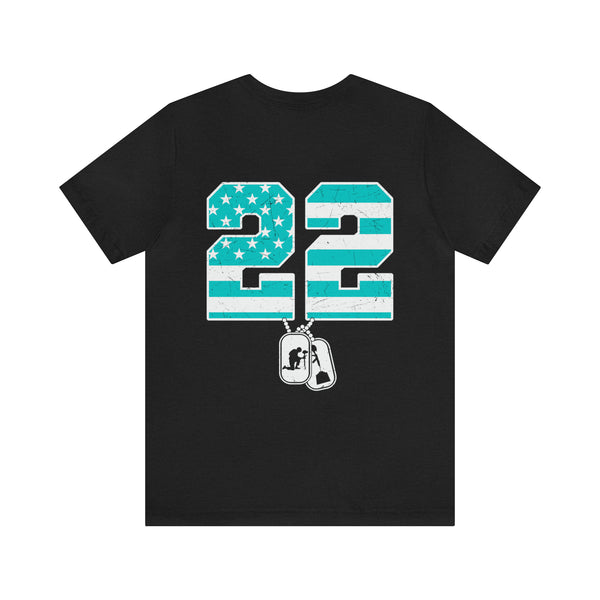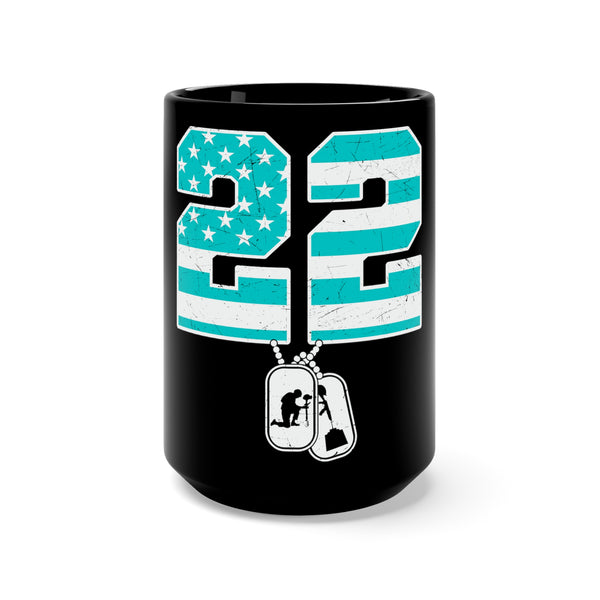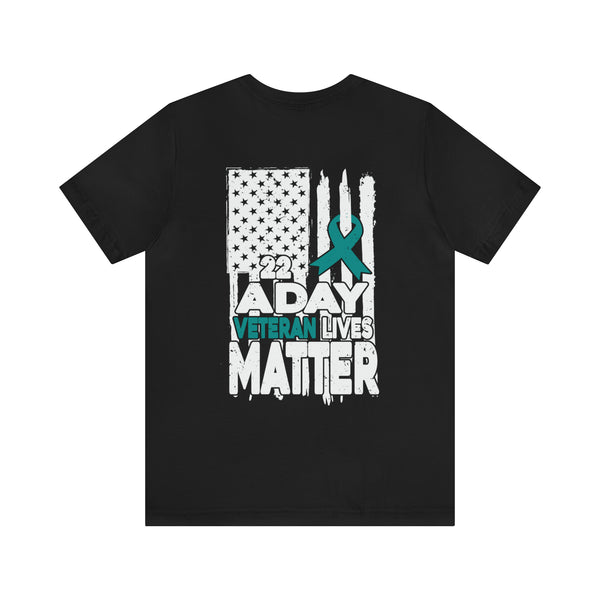Dangers of Driving While Intoxicated
Being under the influence of alcohol while driving a vehicle is a serious offense. There are varying opinions on whether drinking and driving should be referred to as driving under the influence (DUI) or driving while intoxicated (DWI). Depending on whoever you ask, DUI and DWI mean operating a vehicle while BAC is at least 0.08 percent. Any quantity of alcohol can put you in potentially hazardous situations. Not showing warning signals doesn't imply it's any less hazardous. Any type of driving while impaired is against the law, and such behavior may result in harsh penalties.
Those who binge drink or have an alcohol use disorder are most at risk for getting behind the wheel while intoxicated. They have a danger of damaging side effects since they drink a significant volume of alcohol in a short length of time. Alcohol is absorbed into the blood circulation in around 30 minutes to two hours. Your respiration may be slow, and your cognitive abilities may be hindered when under the influence of alcohol. Therefore drinking, and driving is hazardous no matter how careful you are.
An addiction to alcohol is treatable with the aid of a treatment facility that specializes in the treatment of addictions. There's no shame in seeking assistance if you or someone you know is suffering with a drinking problem. Before you may search for nearby rehab centers, call a treatment provider, and schedule an appointment.
Drinking and driving may be dangerous
Alcohol might decrease your driving abilities no matter how small the amount is in your blood. Alcohol misuse has wide-ranging consequences, placing you at risk for creating an accident or a motor vehicle accident. You must be able to concentrate, make smart decisions, and respond fast in order to be a safe driver. Alcohol, however, influences these many talents, placing oneself and others in risk.
Alcohol impacts your driving skills in several ways, as seen below.
Slower than normal response time
Alcohol slows reaction time when it's in your bloodstream. The amount of time it takes you to respond, which translates into how fast you respond, determines the chance of an accident. A large amount of time will be required for your brain to absorb a new scenario and avoid an accident if someone in front of you stops unexpectedly or a person walks across the street.
Inability to coordinate
People who frequently drink heavily have a lowered level of motor abilities, such as eye, hand, and foot coordination. You may not be able to escape an oncoming hazardous scenario if you lack important coordination abilities. Many individuals who have decreased coordination walk unsteadily, wobble from side to side, and have difficulties standing straight. Alcohol use has even been reported to impede one's ability to locate the ignition in one's vehicle.
Concentration must be reduced
No matter how much or how little you drink, it is possible for your focus to be influenced by alcohol. While driving, you are likely to encounter several distractions that need your whole attention, such as keeping in your lane, driving at the speed limit, and other vehicles on the road and traffic lights. If you've had a few drinks, your attention span will be substantially lowered, increasing your chances of an accident.
Vision impairment
The influence of alcohol intake on your vision depends on the amount you drink. You may find that your vision is clouded after drinking, or that you have uncontrollable eye movement. When you have visual problems, you may likely perceive cars in your vicinity as closer than they actually are. Additionally, the number of things you can see to either side when you are facing straight ahead will be less.
Prevents critical thinking
How you assess particular situations is primarily influenced by your brain. The judgment you use when operating a motor vehicle is an essential component of your ability to make judgments. An example: If another car cuts you off, you need to be able to predict this and make judgments clearly. Judgement is vital to keep you informed of the environment around you as you drive.
Statistics of drunk driving
In the US, every day 28 individuals die in motor vehicle collisions in which the driver has a blood alcohol level of 0.08 percent or above. More than 9,000 people in the U.S. lost their lives as a result of drinking and driving in 2014. Alcohol-related traffic deaths were responsible for one-third of all road fatalities due to accidents. In 2014, over 1.1 million drivers were arrested for drunk or drugged driving.
There are several methods in which the police strive to combat drunk driving
Drunk Driving Checkpoints
In DUI checkpoints, police officers may stop drivers without any suspicion of wrongdoing. In a unanimous opinion in the case U.S. Maness, the U.S. Supreme Court ruled that a brief invasion of a driver's privacy was justified by the government's interest in reducing alcohol-related traffic fatalities and did not violate the driver's Fourth Amendment protection from unreasonable search.
Many states, including Texas and Idaho, explicitly ban DUI checkpoints in their legislation due to privacy and other issues. We do not hear anything from other states on the matter. However, even under the influence, a motorist might still be held by police, since officers may have grounds to make an arrest when doing administrative checks on their driver's license or automobile insurance.
While DUI checkpoints are permitted in some states, their use is strictly regulated. A reasonable rationale is required in order for a DUI checkpoint to be effective. To prevent discrimination, the number of cars checked should be based on a neutral formula, such as every fourth automobile.
In order to reduce the number of DWIs, police enforcement must announce ahead of time that they would be putting up a sobriety checkpoint. This informs drivers that they have the option of avoiding the checkpoint by not driving while under the influence. Passing through the checkpoint also means permission to being stopped.
There is disagreement as to whether DUI checkpoints reduce the number of people who get behind the wheel after drinking and driving. Consider DUI checkpoints, in places where they are legal, as a means to prevent drinking and driving over the holidays.
Dismissed drunk driving cases
Police officers must decide on a course of action if a driver who has been drinking attempts to outpace them.
It is an extremely complex subject for law enforcement to decide whether or not to pursue a suspected offender. At the same time, law enforcement must execute the law and capture violators. A blanket "no pursuit" policy could be implemented by an agency, while a restricted policy that defines when police are permitted to pursue may be in place. Alternatively, a more undefined chase policy may govern, allowing the officer to exercise discretion and judgment.
To discern the relationship between police chases and public safety, the National Institute of Justice analyzed the pursuit rules of four jurisdictions: Those jurisdictions determined when pursues may be engaged in and outlined the method to be followed. Despite the fact that many chases could be unwise, it is only when the situation calls for it that an appropriate law enforcement reaction necessitates a pursuit. Avoiding excessive or unjustified risks is the ultimate objective.
Ron Replogle, the national law enforcement programs manager for MADD's national office, and a former state trooper, explained that police officers must balance the requirement to detain the suspected drunk driver with the need to keep others safe. “Some danger is involved in both scenarios.”
If a motorist has been observed operating a vehicle while intoxicated, whether the individual constitutes an immediate threat and whether or not the risk of a pursuit is justified are the primary concerns. While it is theoretically possible to argue that a driver suspected of driving under the influence poses an immediate threat to the public, in many cases it is left to the discretion of the officer (or possibly supervisors) whether or not an officer should pursue a fleeing driver who may have been driving under the influence.
Sheriff's officer Douglas Blodgett from the Jackson County Sheriff's Office' Special Operations Division Traffic/DWI Enforcement Unit has stated that in Jackson County, Missouri, police officers are allowed to go after suspected drunk drivers “on a case-by-case basis.” An officer must know, without a doubt, that the motorist presents an imminent danger to the public.
Technologies are available that assist reduce the danger of a chase, as long as department policy allows for one.
Instructing oneself in linked training
Training officers in specific circumstances that pertain to DUI-related chases can help to reduce dangers to fleeing suspects and the general public.
Police officer chase training incorporates a wide range of driving scenarios inside a wraparound environment to produce as realistic an experience as possible for a police officer in regard to intoxicated drivers. Through programming into the police driver training simulator, or through a separate workstation where an instructor is on-site, you may program answers for police drivers. Departments can use scenarios that have been inspired by DUI-related chases to prepare police for the specific scenarios that they would experience in the field.
If simulation training helps cops when they're in real-life chase scenarios, it's beneficial for them, says Replogle. You may just as easily teach yourself to cope with drunken drivers as with any other sort of training, he added. “As you practice more, your replies become automatic.”
Whether it's via tactics, technology, or training, the objective is to establish a safer interdiction. We are pleased to have the opportunity to take various high-speed driving circuits, which enables our officers to understand how their vehicles respond to high-speed scenarios without endangering the public.
An infrared tracking system for DUI chases
The vehicle's position and movements may be tracked by using tracking technology.
GPS tracking may be done from a safe distance using a portable device or by an installable launcher on a police vehicle's grille. Once the suspect's car has been tagged and tracking begins, cops and dispatch personnel at the command-and-control center may keep tabs on the suspect's vehicle using a web-based platform that enables real-time management and monitoring. The supplementary layer of protection makes it possible for the officer to lower the amount of pressure and increase the safety during the arrest of an inebriated motorist. When an inebriated motorist slows down owing to sluggish reflexes, they increase their risk of a car chase.
As long as the perpetrator is not aware of the police presence, the ability to control when and how to capture the culprit is gained. Law enforcement uses tracking technology to follow the suspect vehicle's movements, allowing them to gather crucial evidence.
The police sergeant from Pelham, New Hampshire, who made the statement “Most officers prefer to stop and arrest intoxicated drivers before they cause a crash,” is speaking for all police officers when he says this. While that's undoubtedly true, it's at least a tiny amount of justice to be able to capture an inebriated motorist after the event. While working with the manufacturer has resulted in several DUIs thanks to corroborating evidence, the crash or other incident that triggers the alarm leads to DUI charges for the driver.
DUI Wolfpack Operations
During a wolfpack operation, deputies and local law enforcement agency collaborate to monitor traffic and "hunt" for drunk drivers on Florida highways in packs. This generally results in many checkpoints around the county, when a high number of cars are pulled over. This sort of operation occurs many times a year and is frequently done during big holidays, when drivers may be more tempted to indulge in a little too much celebration before to getting behind the wheel of their car.
Final thoughts
To further emphasize the need to practice safe driving, we support our Police, Firefighters, Correctional Officers, Military, Radio Operators and first responders. On the good side, we offer a special selection of cautionary designs that can be used on stickers, flags, coffee mugs and the likes.
















